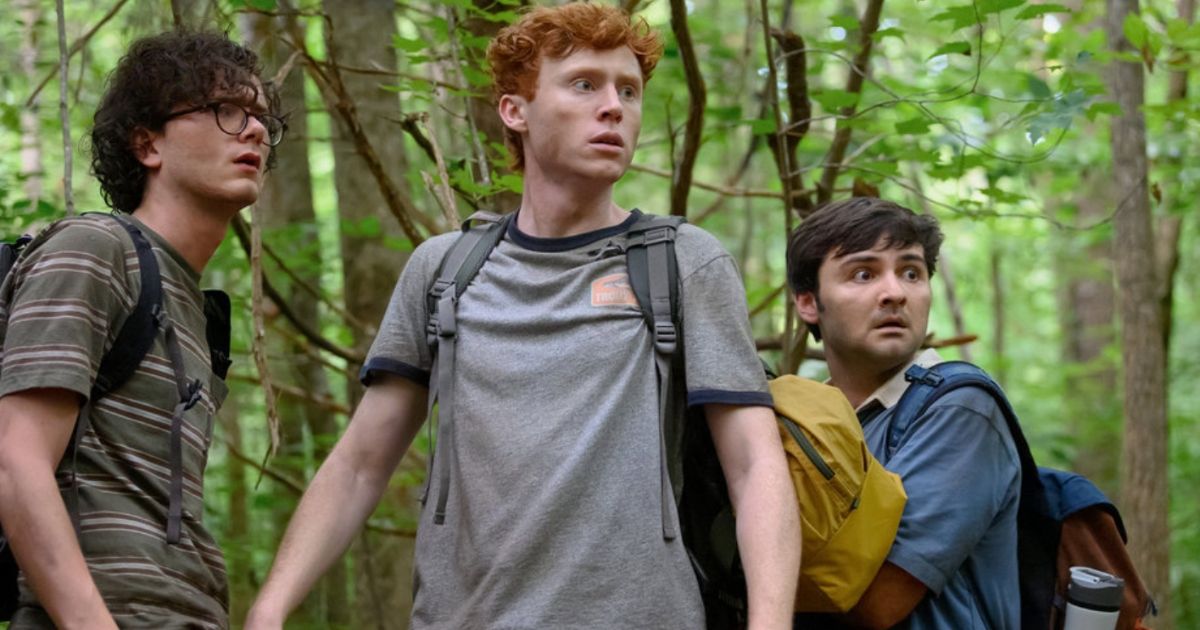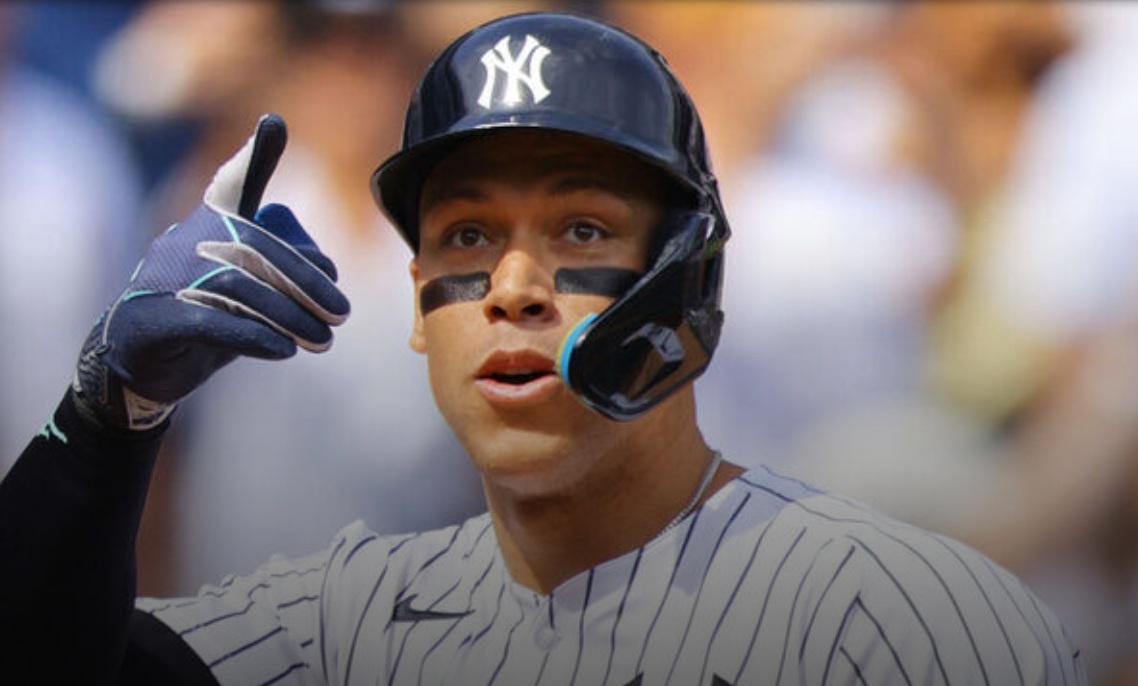It’s funny how horror directors seem to be the only kind of auteur who doesn’t age well. Many of the great filmmakers age into a deeper brilliance (Terrence Malick, Luis Bunuel, Ingmar Bergman, the ingenious Jean-Luc Godard, the list is endless), like the proverbial ‘fine wine,’ but horror directors are more like bread — the octogenarians are mostly moldy. Legendary icons of the genre, from Wes Craven and Tobe Hooper to the practically disappeared John Carpenter, have only worsened in age with sparse exceptions.
That’s unfortunately true of Italian master Dario Argento, who helped invent the giallo subgenre of horror that is particularly stylized, brightly colored, heavily scored, and somewhat exploitative. From 1970 to arguably 1996’s The Stendahl Syndrome, Argento was a true ‘master of horror’ (even participating in Showtime’s anthology series Master of Horror in the 2000s, which seemed to be the geriatric hospice for brilliant directors’ dying careers).
MOVIEWEB VIDEO OF THE DAY
Except for Mother of Tears, he hasn’t made a successful film since then, nor has he made a film in a decade, but the 81-year-old is back now with Dark Glasses (or Occhiali Neri), courtesy of Shudder. If it’s the best thing he’s made in 25 years, that’s sadly not saying much.
Dark Glasses Opens Strong With Argento’s Vision
The opening half-hour of Dark Glasses is actually pretty great, which perhaps only highlights the weird messiness of its remaining hour. The film follows Diana, a high-end sex worker who becomes the latest target of a serial killer with a particular bloodlust for women of the night. After three women have been killed, the murderer targets Diana and, after she becomes ‘the one who got away,’ becomes obsessed with stalking and ultimately killing her.
The film’s opening is beautiful, following Diana as she drives through Italy and notices everyone staring at the sun — an eclipse is coming, prompting her to slide on her black shades and look upward. Decked out in a red coat and bold, blood-red lipstick, Diana (played by Ilenia Pastorelli) is a vision and Argento knows it. A director who can turn sleaze into art, Argento certainly doesn’t shy away from fetishizing Diana, perhaps making the audience complicit in her sex work.
Related: These Are the Most Infamous Italian Horror Movies
The sequence in which Diana barely escapes the serial killer is a true showcase for Argento’s filmmaking genius, an incredibly suspenseful and perfectly edited chase scene that results in Diana’s blindness as her car obliterates another vehicle, killing two parents and orphaning their young son Chin (played by Xinyu Zhang). This is likely the highlight of Dark Glasses, at least cinematically, and it’s interesting how the film goes downhill once Diana is blinded.
Dario Argento Loses Sight of Dark Glasses
Vision Distribution
Shudder
The next half hour of the film is a surprising drag in which Diana must adjust to her blindness with the help of her kind social worker Rita (played by Asia Argento) and dog Nenea. Diana develops a guilt for what happened to Chin and reaches out to him at the orphanage, all the while being stalked by the serial killer. The middle part of Dark Glasses is unexpectedly dull for Argento, who is so often over-the-top that even if his films are bad, they’re not boring. Here, however, he seems to drop all pretense of this being a horror movie (or even a suspenseful thriller).
There are obviously ways to mine terror from a blind person being stalked, as seen in Wait Until Dark, See No Evil, and (with a twist) Don’t Breathe; even Argento has had blind characters in his horror films. Unfortunately, Dark Glasses isn’t able to pull it off, wasting a lot of potential. Instead, the film attempts to develop the relationship between Chin and Diana and detail her new blind life but feels somewhat awkward in its exposition.
Vision Distribution
Shudder
The final third of the film may not be great, but at least it isn’t all dull. Argento throws a lot at the audience as if he’d been saving it up during the interminable second act, as Diana and Chin are hunted down by the murderer. There are car crashes, tangled masses of snakes, meat hooks in vans, ravenous animals, and an inordinate amount of walking through deep, dark woods.
Seriously, for all the mayhem that happens near the end of the film, the vast majority of it is a blind woman and young child stumbling amidst the trees interspersed with ridiculous (though sometimes fun) set pieces. When Argento used to go for broke, he did so with sublime, luminous excess; now, it’s like fumbling through the dark.
Dark Glasses is Not a Triumphant Return for the Giallo Master
Vision Distribution
Shudder
There isn’t any mystery to Dark Glasses — the killer is fairly obvious, but even then it doesn’t exactly matter or have any relevance. The characters are largely hollow, lacking the eccentricities of Argento’s earlier films, though he was never exactly one for character development. In actuality, Argento has rarely cared about intricately plotted whodunits, or even the plot itself, so it’s unfair to measure Dark Glasses against the standards of typical cinema. One must measure Dark Glasses against Argento himself.
Argento’s vision has always been yellow (the eponymous color of giallo). He is perhaps the greatest style-over-substance horror director of all time, and even masterpieces like Suspiria and Deep Red often make little sense or have weirdly empty characters. What made his films wonderful, though, was his mastery of mise en scène, from his pounding soundtracks (with Goblin’s great ’70s film scores setting a new template) and expressionistic angles to his perfect lighting and detailed camerawork.
Related: Werewolf by Night Review: New Corner of the MCU is a Howling Good Time
Vision Distribution
Shudder
After the first half hour of Dark Glasses, though, hardly any of that is on display (though it’s arguably much better than anything else he’s done in 15 years). Granted, there is some slinky, throbbing electronic music from Arnaud Rebotini akin to some techno Goblin remix, and there are some cool set pieces near the end, but they feel confusingly dislocated from any suspenseful coherence. Much of the time, the strong music accompanies weirdly banal shots of buildings or endless walking, and the incongruity isn’t charming.
The same goes for the occasionally fun and ghastly scenes near the end, which aren’t filmed with any of Argento’s trademark stylization. Argento and editor Flora Volpelière have done a poor job at transitions and establishing shots so that even good sequences lack continuity and feel oddly pointless. The ending of Dark Glasses should be a crescendo of terror, but instead, it feels like off-tempo staccato beats.
Dark Glasses Could Be an Allegory For Dario Argento Himself
Vision Distribution
Shudder
This isn’t to say that Dark Glasses is terrible. It has an excellent opening section, the score is great (if misplaced), and Ilenia Pastorelli is believable as a woman grappling with her newfound condition in the midst of relentless pursuit. The utterly random horrors Argento unleashes near the ending are fun in a ridiculous way but feel stitched together like some Frankenstein monster of his earlier, better work.
Who knows, perhaps Dark Glasses is an allegory. Perhaps Argento feels like Daria, a prostitute who has to monetize beauty (her body, his style) but whose vision is now gone. Maybe Dark Glasses is a canny admission from one of the world’s greatest horror directors that, after years of selling himself, he has lost sight of his artistry, something made more apparent by the fact that Dark Glasses becomes bad as soon as Daria is blinded. Hell, even the Italian distributor is named Vision Distribution, which seems like a bad joke in this case.
There’s a fascinating line in Dark Glasses, a quote from the French author François de La Rochefoucauld: “Neither the sun nor death can be looked at with a steady eye.” Seeing as Argento is now in his 80s, Dark Glasses is about blindness and (like all of his films) death, and the film opens with groups of people staring into the sun, it could be said that the film is a meditation on Argento’s own approaching death. If that’s the case, then of course Dark Glasses couldn’t “be looked at with a steady eye” and would be quite a mess — death is too blinding. Regardless of how self-aware or allegorical Dark Glasses is, it’s simply a late, minor blur in the visionary career of a one-time legend.
From Vision Distribution, Dark Glasses, produced by Urania Pictures, Getaway Films, and Rai Cinema, is available for streaming on Shudder on October 13th.
You can view the original article HERE.





























:quality(85):upscale()/2025/04/01/587/n/1922564/fe60d6be67ebe4b0bbd6f1.79749549_.png)

